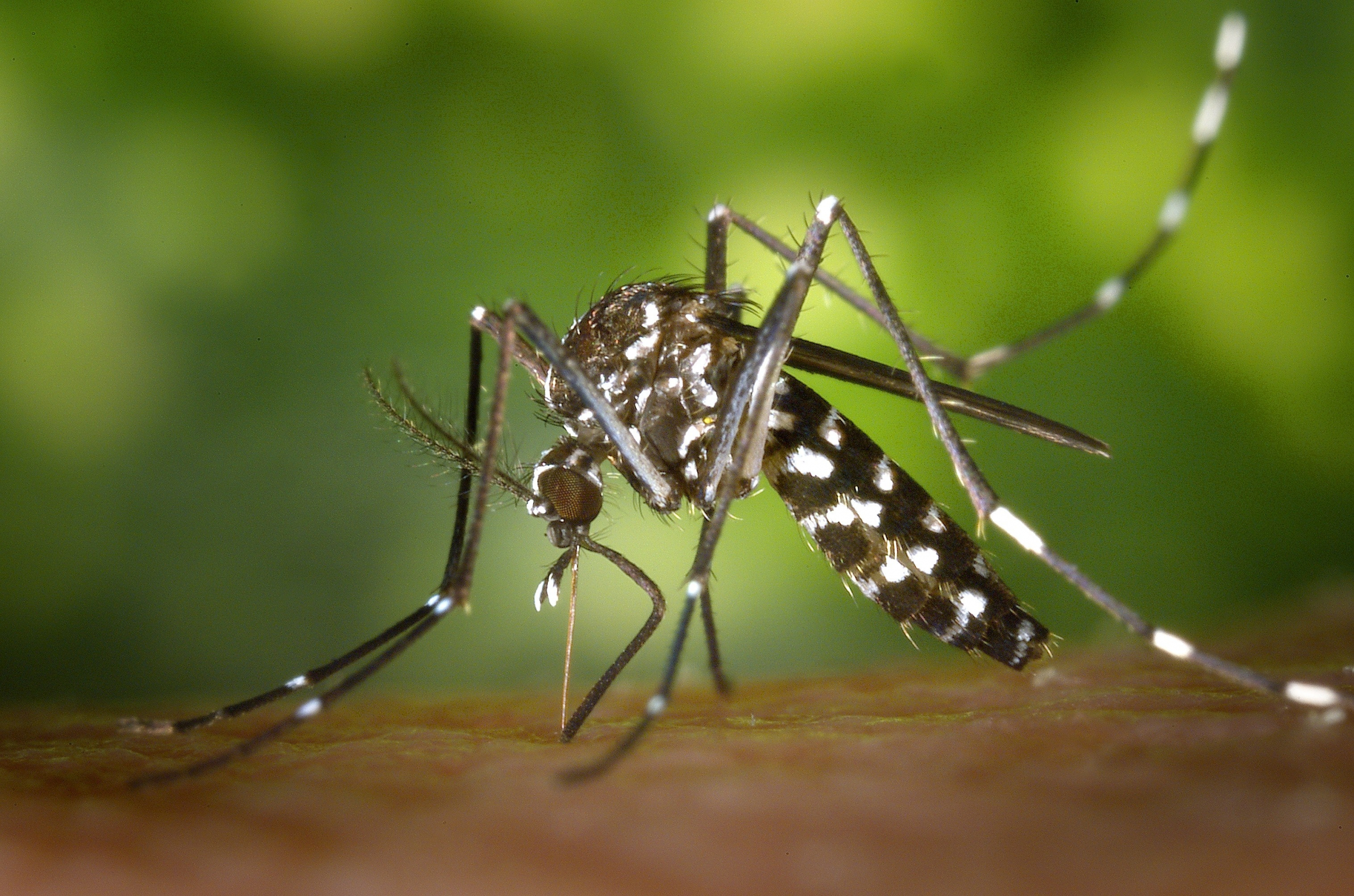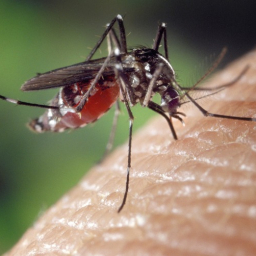NEW
Epidemiological monitoring to detect invasive mosquitoes in the Basque Country
20 August 2021Epidemiological monitoring to detect invasive mosquitoes in the Basque Country
- We are working with public agencies on a programme to assess the expansion of invasive species like the tiger mosquito and implement control measures
- Active monitoring to detect invasive species of mosquitoes, like the tiger mosquito, is often focused at ports and airports, as well as throughout road networks, which act as pathways for the species to disperse
In the Basque Country, from NEIKER we been working with public institutions to monitor invasive mosquitoes since 2013. The tracking programme has evolved over the years, with the number of municipalities sampled growing gradually. In 2021, all municipalities with populations over 10,000 will be sampled, and many will be monitored for the first time. “The goal is to assess the potential expansion of these mosquitoes, including municipalities that hadn’t been analysed up until now, sampling both urban and suburban areas. We’re looking for areas conducive to these invasive mosquito species to rule out or confirm their presence. If we do find them, we will report the findings to the authorities so they can implement control measures”, said Ana García and Jesús Barandika, researchers at NEIKER’s Animal Health Department.
Virus transmitting mosquitoes
One of the invasive mosquito species included in the monitoring programme is the tiger mosquito (Aedes albopictus). It comes from Southeast Asia, where it plays a major role in the transmission of dengue, whose presence was detected for the first time in the Basque Country in the city of Irún (Gipuzkoa) in 2014. “Since then, and as sampling efforts have expanded, the mosquito has been found in a number of municipalities in Gipuzkoa and Bizkaia, and occasionally in Araba”, García added.
This mosquito is also associated with the transmission of other viruses like Chikungunya virus and Zika. “It has expanded widely around the world, mainly through passive transport of eggs or larvae via freight traffic (tyres, etc.) and has adapted perfectly to temperate climates. Its eggs can survive and remain viable for months with no water and are able to withstand temperatures of -4°C”, García explained. Continuous tracking of this species of mosquito, which feeds mostly on human blood, has given NEIKER researchers insight on its breeding sites. “Tiger mosquitoes breed in small volumes of water, so controlling and/or eliminating water points (drums, tyres, packages, sewers, gutters, etc.) both in public and private spaces is paramount, because their breeding grounds are often found in these small pools of water”, said Barandika.
So, in some cases, regular people are the ones detecting these and other invasive species of mosquitoes that transmit infectious diseases like dengue, Chikungunya and Zika by reporting them on citizen platforms like Mosquito Alert.
New invasive species
But the tiger mosquito isn’t the only invasive mosquito species being monitored by this programme. In 2020, all three provinces of the Basque Country were found to house another invasive species of mosquito from Asia.
It is known as the Asian bush mosquito (Aedes japonicus) and its presence in Spain was confirmed for the first time in Asturias by a report made on Mosquito Alert in 2018. In 2019, it was found in Cantabria. Like the tiger mosquito, Aedes japonicus is also highly invasive and has adapted well to a number of different ecological niches, including, it would seem, colder climates. “In nature, holes appear in trees and there are many other cavities where small amounts of water can collect, although these mosquitoes also use artificial containers, especially used tyres and larger containers like troughs”, Barandika explained.
However, this species of mosquito is not considered high risk as a vector of pathogens, though it does occasionally feed on human blood, especially in areas with a great deal of vegetation and wooded areas.
“Some laboratory studies have shown that it may be a good transmitter of certain viruses, like West Nile, but to date no cases of natural virus transmission to humans have been confirmed”, García underscored.
The invasive mosquito monitoring programme is coordinated by the Public Health Division of the Basque Ministry of Health. In addition to support from Public Health, the programme is also being worked on by major city councils and NEIKER’s Animal Health Department, which has co-funding from the Spanish government’s Division of Public Health, Quality and Innovation program “Entomological Monitoring at Airports and Ports Against Imported Vectors of Exotic Infectious Diseases and Monitoring of Potential Native Vectors of Said Diseases”.




